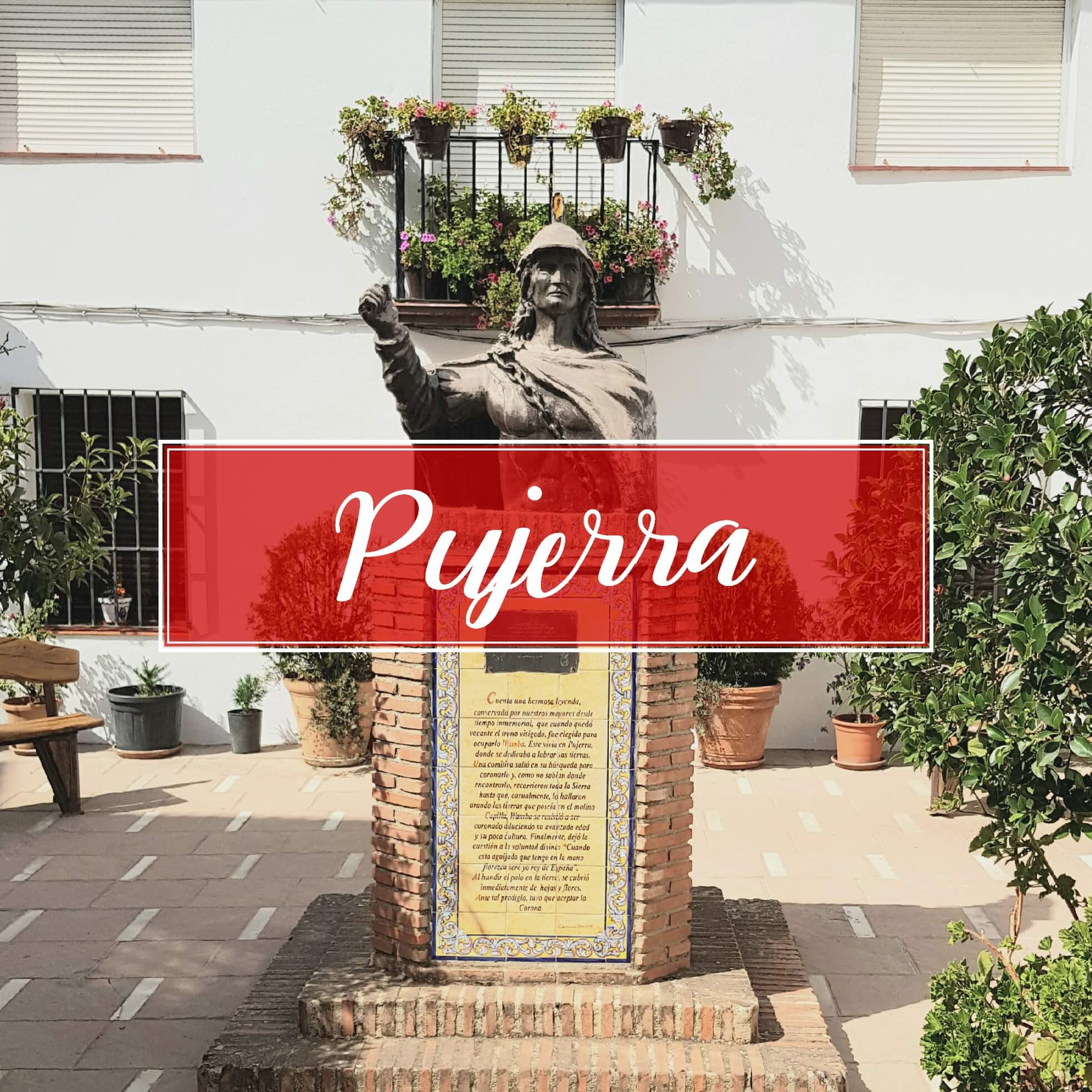Pujerra, a picturesque village in Málaga, is known for its spectacular “Copper Forest” in autumn when the chestnut groves turn golden and reddish. The chestnut is the star product of the region, harvested and used in numerous traditional dishes. Besides its natural beauty, Pujerra holds the legend of King Wamba, who, according to local lore, retired to this place after abdicating the Visigothic throne in the 7th century. This Andalusian corner combines history, nature, and tradition, offering a unique experience in the Serranía de Ronda.
Where is Pujerra located
Pujarra is located 110km from Malaga capital with a population of 301 inhabitants. The municipal term has a dimension of almost 24km square.
Demonym of the people of Pujerra
The inhabitants are called “pujerreño or pujerreña“.
Curiosities about Pujerra
- The legend tells that the Visigoth King Wamba was born in the village. Read the full story about the king.
Monuments and places of interest in Pujerra
- The Copper Forrest: The most prominent monument in the area is natural. Autumn turns the beautiful Genal Valley into a picture perfect, beautiful place for hiking and photography. During the months of October and November, the thousands of chestnut trees that make up the valley lose their yellow, brown, orange and ocher leaves, thus forming the forest that is known metaphorically as “The Copper Forest” or “The Golden Forest”.
- Church of Espíritu Santo: The construction of the church took place a few years after the fall of Ronda in 1485 just before the Christian conquest of the Nasrid Kingdom of Granada. The temple consists of a single rectangular nave with the roof covered with a Mudejar-style wooden frame. Inside, on the left side, we find the image of the 17th century San Antonio de Padua patron of Pujerra. The exterior architecture stands out for its sobriety and its baroque belfry with its three bells that can be found in one corner of the temple.
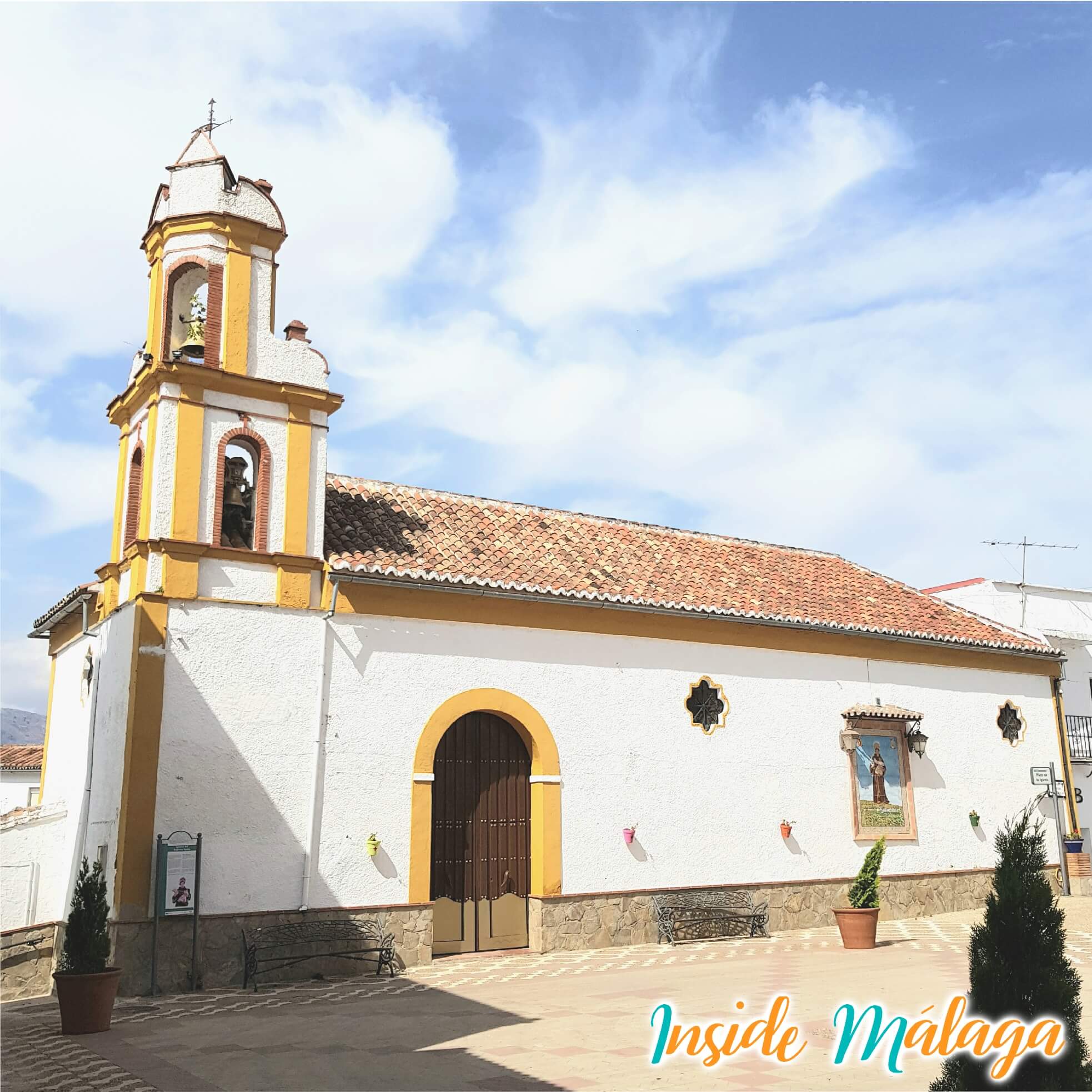
- Hermitage of San Antonio of Padua: During the Spanish Civil War, the residents of Pujerra, Antonio Chicón Mena and Benito Guerrero Calvente, saved the image of the village’s patron. To avoid the destruction of the image of the Patron of Pujerra, San Antonio de Padua, they hid it under some corks in a place located two kilometers from the village, known as Bentomiz. After the war, a neighbor named José de Amalia, aware of this whereabouts, went in search of the image to take it to the municipality of Cartajima, so that a worthy restoration is carried out. It is known that this neighbor made several kilometers on foot through the fields and steep slopes but fulfilling his mission. Years later, when democracy arrived in the 90s, a hermitage was decided in the place where the image was hid. The day of San Antonio de Padua is celebrated on June 13, but the Pujerra pilgrimage has been celebrated in the Bentomiz complex on the second Saturday in August to avoid that it does not join the town fair.
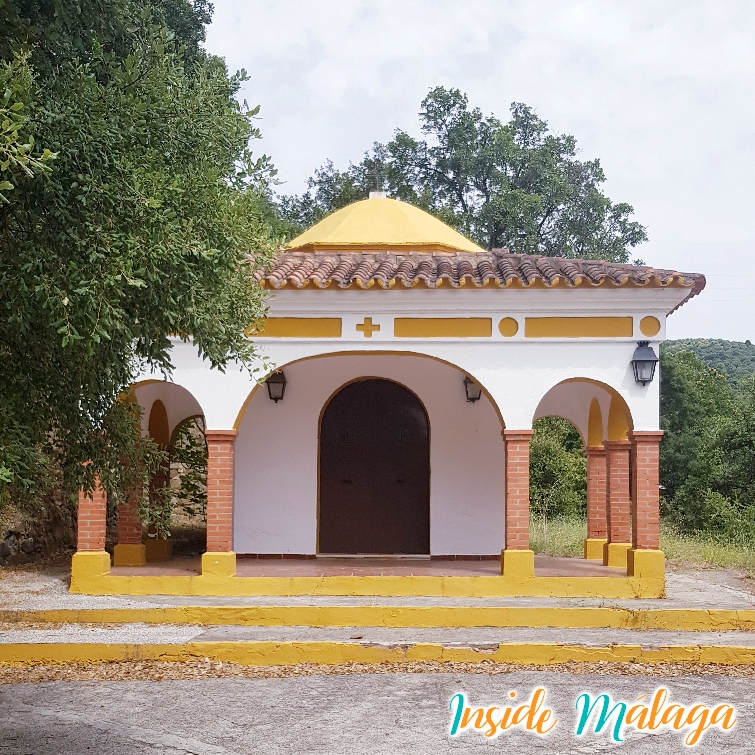
- Monument of King Wamba: Monument located in the Plaza Vieja. King Wamba, who ruled the Visigoth Kingdom between 672 and 680, legend says that this Visigoth king was born in this village. The legend tells that this king was a countryman dedicated to the cultivation of the land and that he was chosen to be monarch after the death of Recesvinto. The Visigoth throne was left vacant without a monarch. A committee made up of nobles and ecclesiastics was commissioned to search for King without knowing where he lived, searching through villages in the mountains until the moment they heard a woman who shouted the name Wamba on several occasions from the Tajo de la Zorra, who called Wamba to to come up for his lunch. This fortuitous incident caused them to locate Wamba, the supposed king-elect. He resisted the knights who “came to threaten him with death,” claiming that he wanted to serve his country, but that his advanced age and scarce culture would be an impediment. After a long discussion, the Goth left it in the hands of the divine will: and said “when this goad that I have in my hand blooms I will be the king of Spain” he exclaimed. It is said that, when sticking the dry stick into the ground, it “It suddenly turned green, covering itself with numerous white leaves and flowers”, for which he had to accept the Crown.
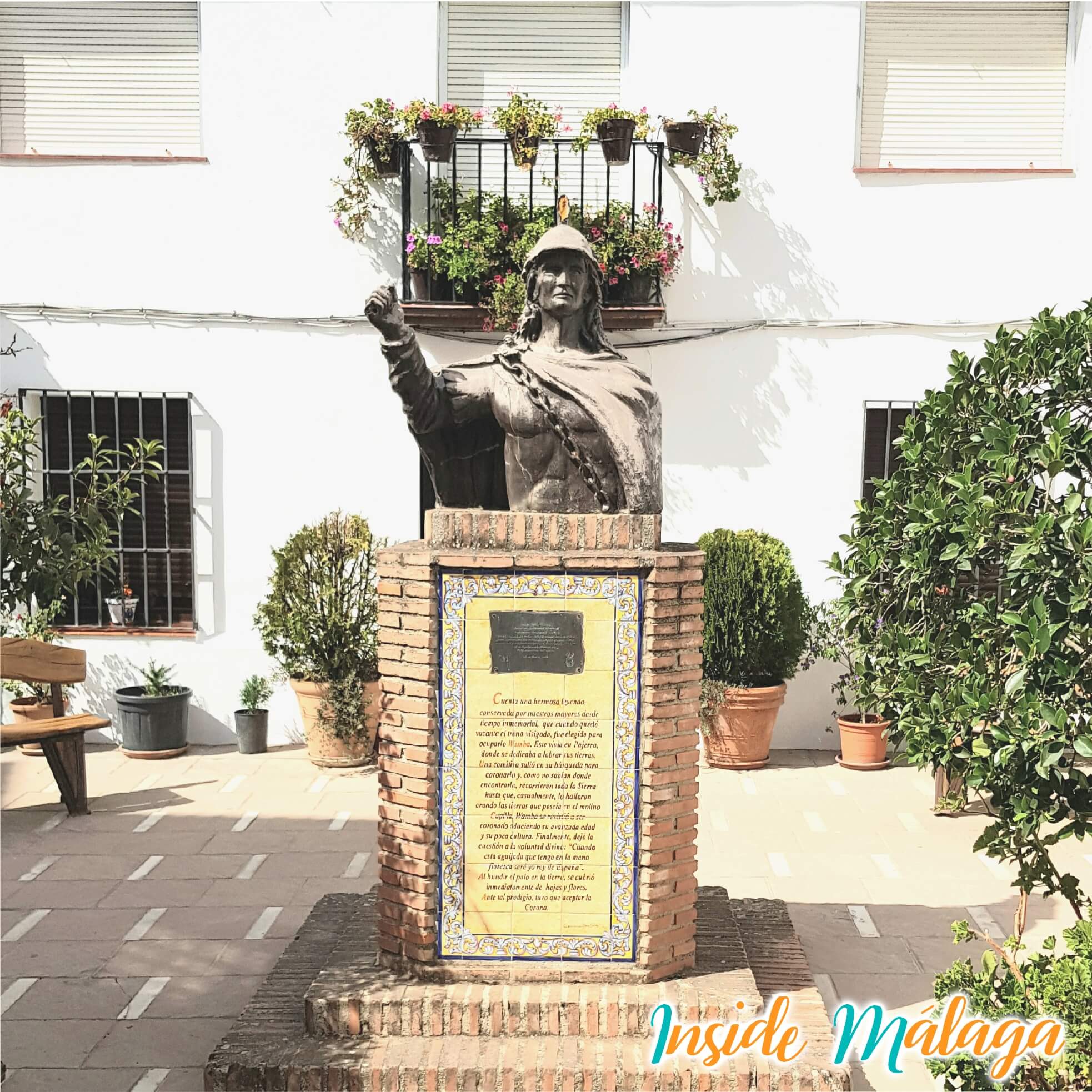
- Chestnut Museum
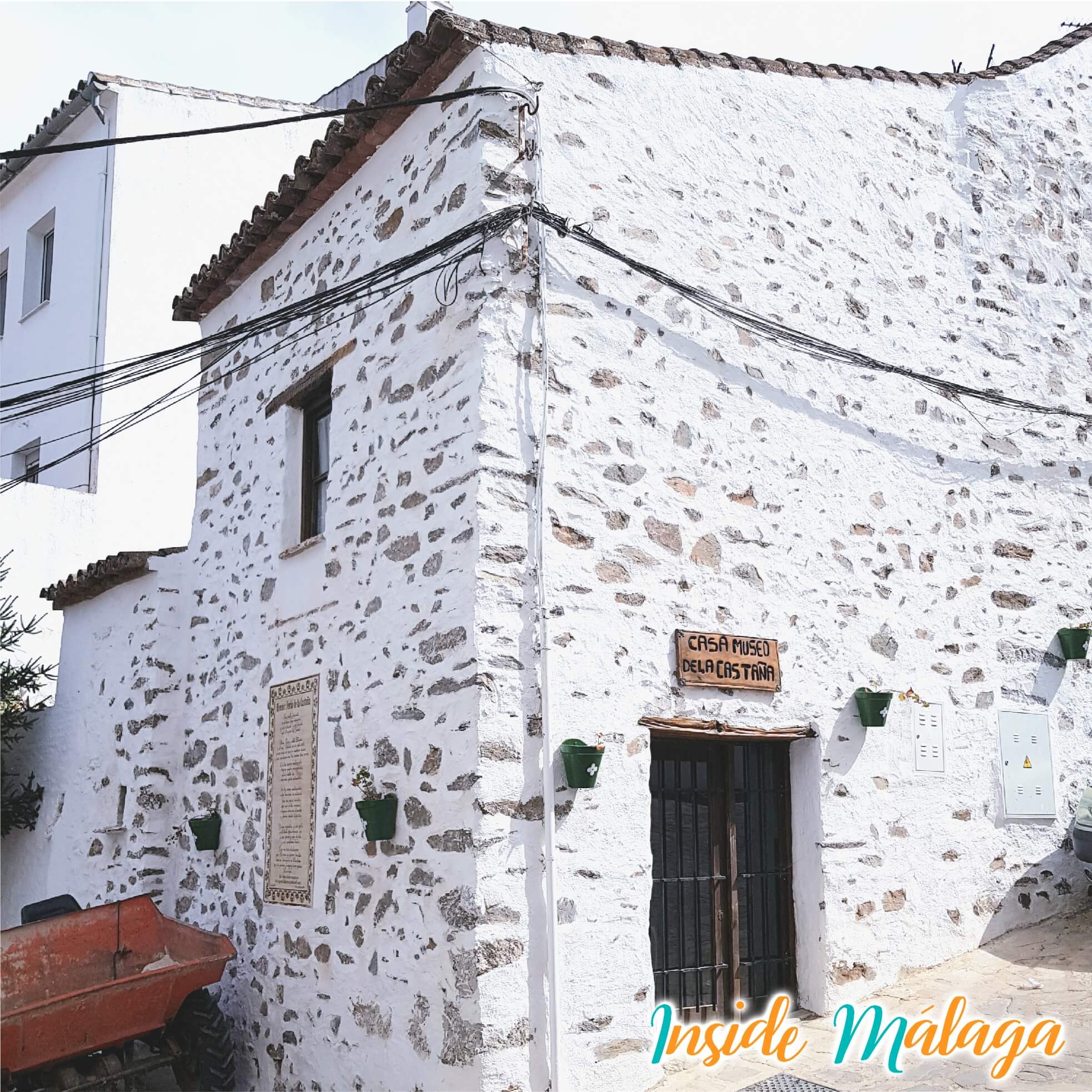
- Hiladero Fountain: This fountain is one of the most important sites in the town. Despite its modern appearance, this fountain has been in operation for centuries. According to some documents from the 16th century, the fountain dates back to the Muslim. It was of great importance since until the water supply network was installed it was the main water supply point for the people of Pujarreños.
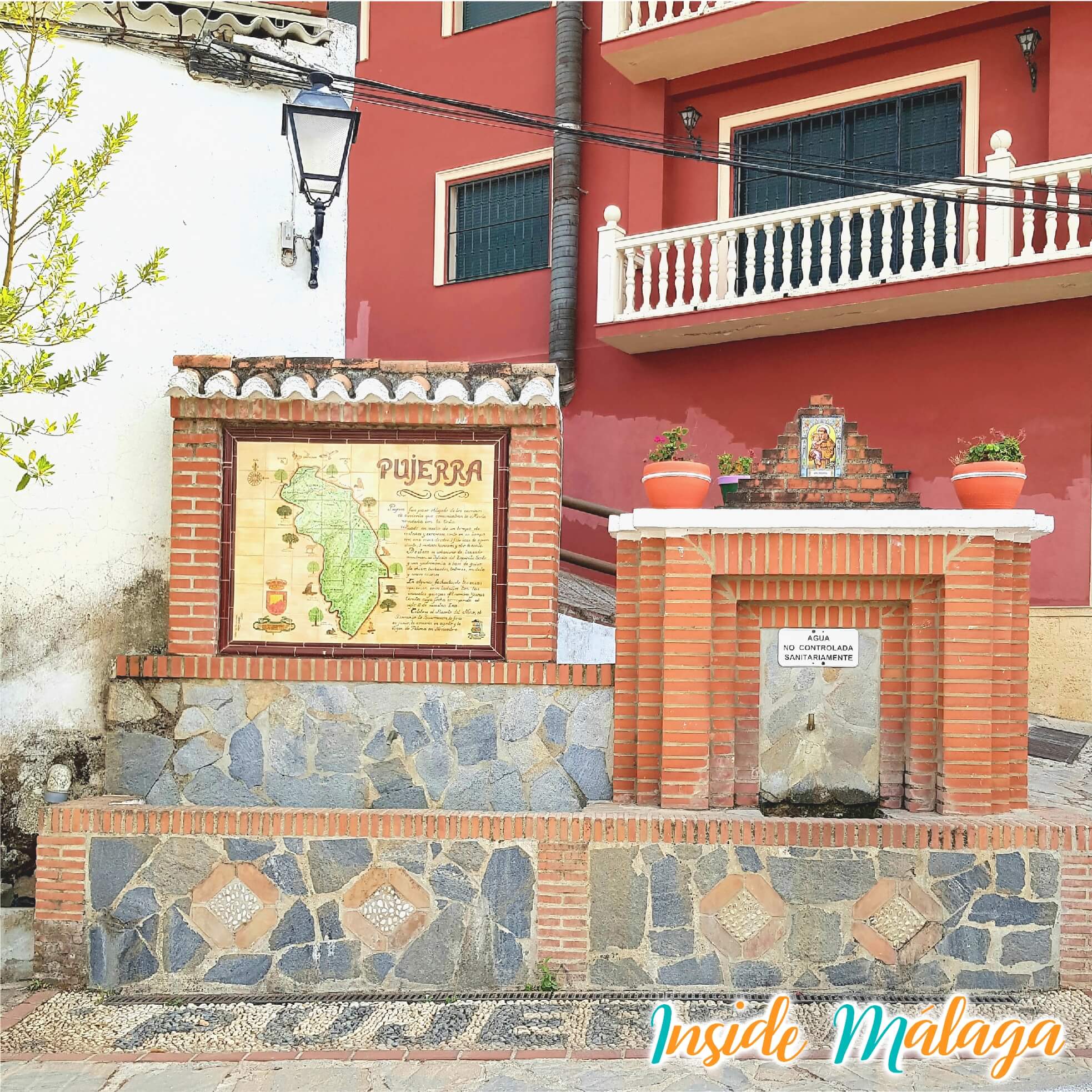
- Fountain
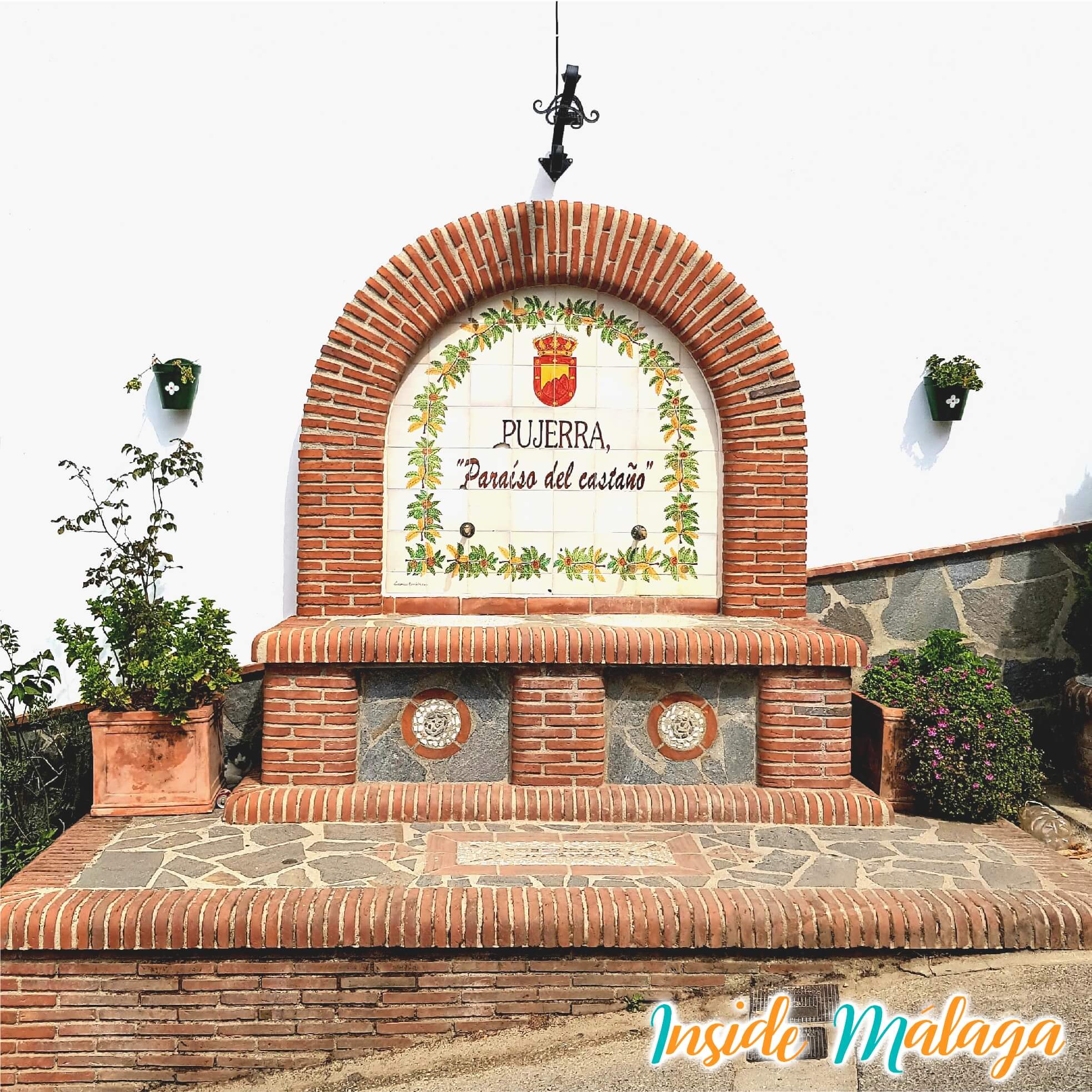
History of Pujerra
The municipality achieved its independence in 1814 at the hands of King Ferdinand VII for his heroic participation in the War of Independence against France and Napoleon. The letter from the village of Pujerra contains a beautiful heroic verse that relates “Napoleon, Napoleon conquered all of Spain, but you could not conquer the land of chestnuts.”
For more information about Pujerra Village: visit the City Council page
